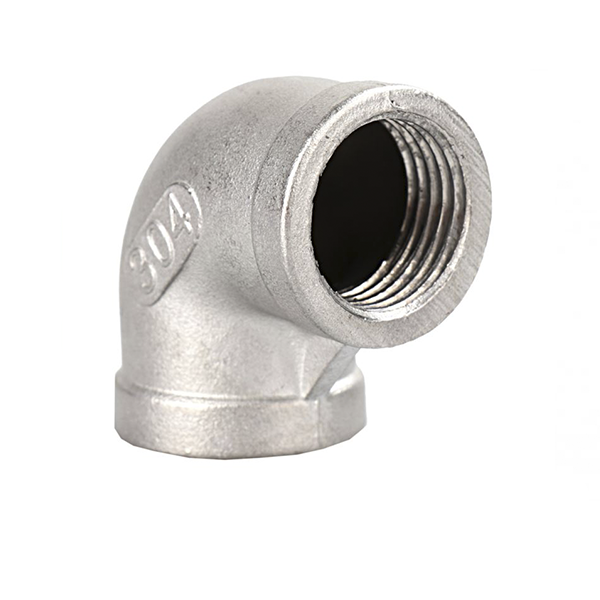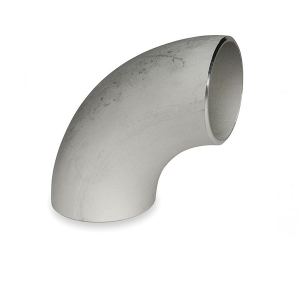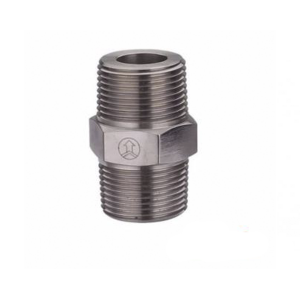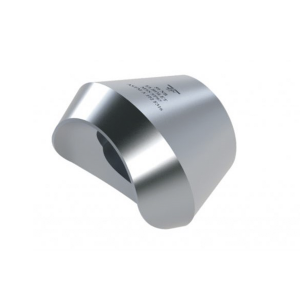Pipe elbows are used to be installed between two lengths of pipe or tube allowing a change of direction,usually these elbows distinguished by connection ends.
By default, there are 5 opportunities, the 45°, 90° and 180° elbows, all three in the “long radius” version, and in addition the 90° and 180° elbows both in the “short radius” version.
Detecting the back arc of the elbow: Seamless elbow detection of the thickness of the back arc is an important task. Many large pipe elbow manufacturers or strict engineering inspection of the back arc is a must. It is related to the safety and stability of the pipeline operation.
Everyone knows that both the pipeline and the seamless elbow are under pressure, that is, the pressure is very large when running. Under normal circumstances, the safety factor of the thickness of the seamless elbow designed and installed is about six times. For example, the 219*8 seamless elbow, the pipeline medium is ordinary water, the temperature is usually not higher than one hundred degrees Celsius, and the pressure required to blast such a seamless elbow is about 300 kg, that is, The pressure inside the pipeline needs to reach PN30, and the seamless elbow will be blasted, and the operating pressure of this elbow is probably about it. It is estimated that the maximum will not exceed PN6.4, which is generally around PN4.0, of course. With the corrosion of the pipeline, the seamless elbow will also be corroded to varying degrees. In order to ensure its safe operation, the necessity of overhaul is great.
The current process of making seamless elbows will lead to the phenomenon of back arc thinning. Under normal circumstances, the wall thickness of the mouth will be about two millimeters thinner than the back arc. The common thickness and pressure will not be thin even if the back arc is thinned. There are too many safety hazards, because the elbow has not been replaced until the elbow has a dangerous accident. But as a rigorous project, what is not the same, and the medium inside the pipeline is also responsible, not just water. There may be oil or other impurities, the temperature is high and the pressure is high, and the thickness of the back arc as the weak place determines the life of the seamless elbow. Therefore, the importance of detecting the back arc is naturally great. With a thickness gauge, read the thickness of a point at the elbow directly.
Detect the inner and outer diameters of the elbow: For example, the outer diameter dimension D of the elbow is detected: the data of the upper limit and the lower limit are referenced, and the actually measured outer diameter of the product is qualified between the upper and lower limits, and the unqualified product is outside the upper or lower limit range.
Detect the wall thickness of the elbow: use the thickness gauge to directly read the thickness of the thinnest part of the elbow.
Detect the center height of the elbow: first measure the length of the outer circle of the elbow. Using this length value /1.57, the value obtained by subtracting half of the diameter of the elbow is the center height of the elbow.
Detecting the weight of the elbow: The elbow is made of steel pipe. We only know the weight of the elbow when the elbow is cut, and the size of the elbow and the back arc of the elbow. The dimensions are basically the same. Let’s calculate the length of the back arc of the elbow: the diameter of the elbow is D, the radius of curvature is 1.5D, and the length of the back arc of the elbow is (1.5+0.5)*D*2*3.14/4 Simplification we can get, 1.5 times elbow back arc length L = D * 3.14. This is only an estimate. The value of the Chinese standard is slightly smaller than this value. After the length of the back arc is L, the weight of the steel pipe is calculated by the calculation formula of the steel pipe: (Da)*a*0.02466*L/1000, ( a is the wall thickness of the elbow), the unit of this weight is KG, so we can get the weight of the carbon steel elbow. If it is a stainless steel elbow, just replace 0.02466 with 0.02491. The calculated theoretical weight is then compared to the actual weight.
Radiographic inspection of elbows: Radiographic inspection detects volumetric defects of elbows, such as pores, slag inclusions, shrinkage cavities, and looseness.







